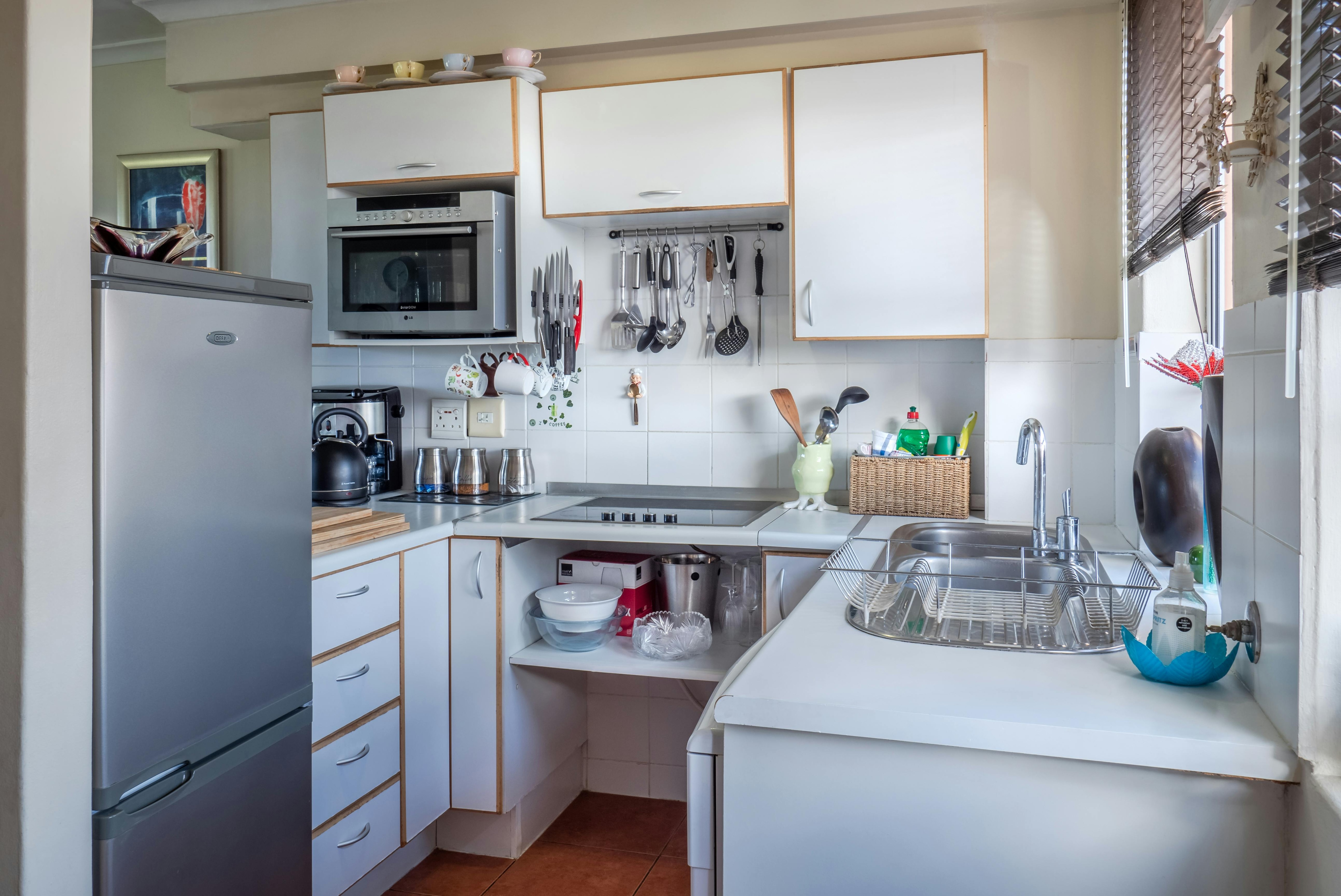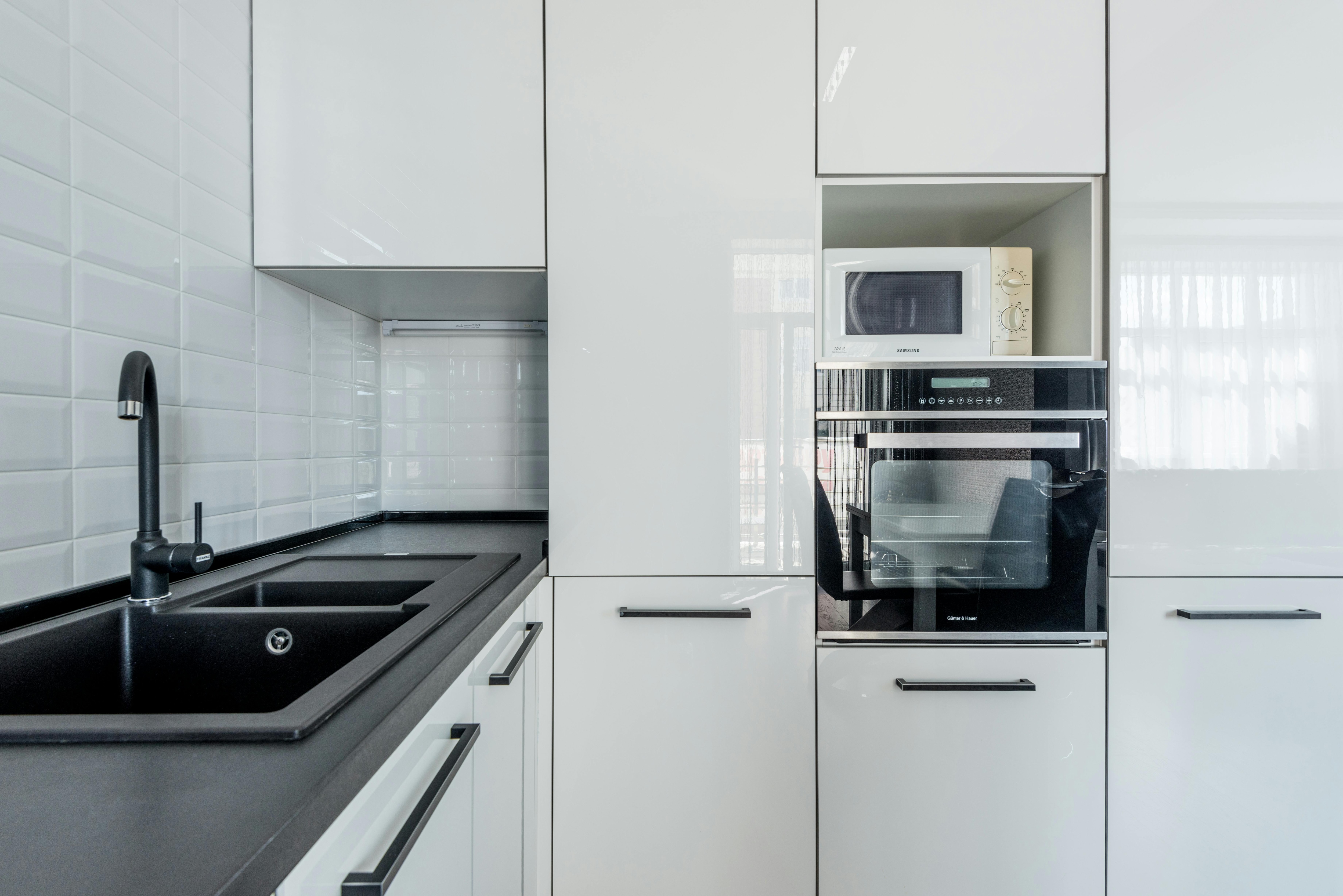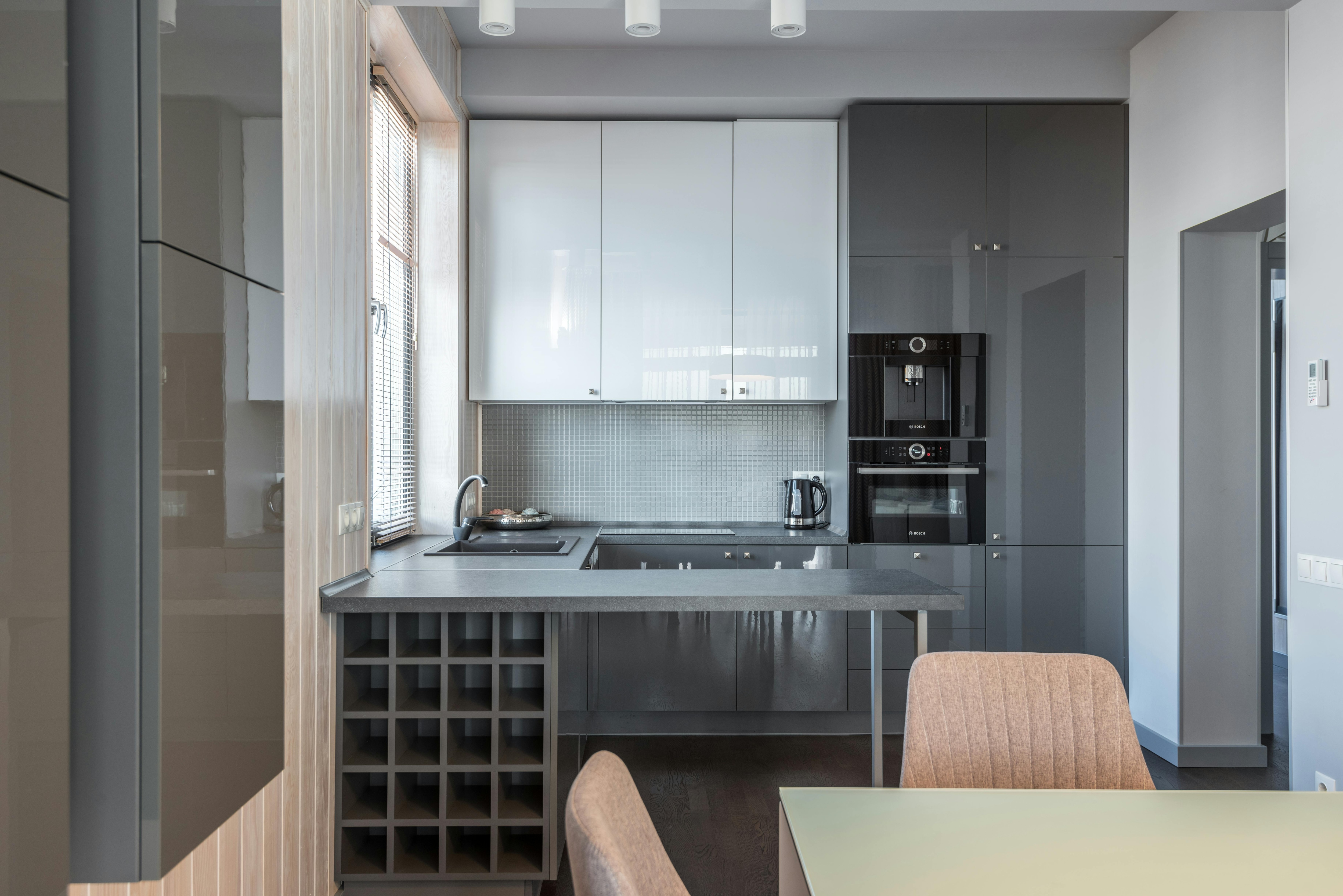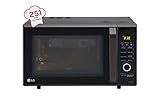Master Convection Cooking: Unlock Pro-Level Results at Home
Ever wondered why your neighbour’s cake rises like a dream or why their roast chicken always ends up with that golden, crackling skin? It is time to unlock the real magic of your oven and turn every dish into a showstopper.

Unlock Your Convection Oven's Potential: A Pro's How-To Guide
Most Indian households proudly own a microwave or a standard OTG (oven, toaster, grill). But let's be honest, many of us don't fully understand the ‘convection' button, do we? It sits there, glowing, slightly intimidating, often ignored. Yet, this unassuming feature holds the power to transform our everyday cooking. From flaky puff pastries to juicy kebabs, convection cooking is not just another tech gimmick. It's an old chef's trick dressed up in modern convenience.
Convection ovens are slowly but surely becoming a staple in Indian kitchens. With more people experimenting with continental, bakery-style, and slow-roast recipes, understanding this function can be a total game-changer. Whether you're prepping for a family Sunday lunch or Diwali dinner, this guide will help you wield your convection oven like a seasoned pro.
1. What Exactly is Convection Cooking?
Convection cooking is the art of using a fan to circulate hot air around the oven, ensuring food is cooked evenly, faster, and more efficiently. Imagine a Lohri bonfire, everyone around it feels the heat, not just the person closest to the flames. That's what convection does. Traditional ovens rely on radiant heat, which creates hotspots. But with convection, the heat is evenly distributed, your aloo patties brown better, your pizzas come out with crisp bases, and no part of your cake remains mysteriously undercooked.
This method isn't just about speed, though you'll definitely save time. It's about balance and precision. The moving air removes the cold barrier that typically surrounds food, allowing for better browning and moisture retention. So the next time you're baking nankhatai or grilling paneer tikka, give the convection setting a go.
2. The Difference Between Conventional and Convection Ovens
Let's break it down. A conventional oven heats from the bottom or top (or both), which means you often have to rotate trays or play a guessing game with temperatures. If you've ever had a cake dome crack like the surface of Rajasthan during summer, that's likely your conventional oven acting up.
On the flip side, a convection oven uses a fan and an exhaust system to circulate the air. This means the heat hits all angles, and food doesn't have to be turned or moved as much. Think of it as the difference between standing under a ceiling fan on a hot day versus just opening a window, same temperature, completely different comfort level.
Most modern OTGs and microwaves in India now come with a convection setting. So if yours has that feature, congratulations, you've got a mini professional kitchen waiting to be explored.
Also Read: Baking On A Budget? Top 5 OTG Under ₹3,000 Now On Flipkart End Of Season Sale
3. When (and When Not) to Use the Convection Setting
As much as the convection mode feels like a magic wand, it's not always the right tool. Use it when you want even browning and crisp textures, like when baking cookies, roasting vegetables, or making lasagna. It's also fantastic for grilling meat, drying fruit, or reheating without sogginess.
However, avoid using convection when baking delicate treats like soufflés or sponge cakes. The moving air might flatten them faster than a Mumbai monsoon flattens a blow-dry. Also, for dishes that need moisture to set, such as custards or certain Indian steamed sweets like dhokla, it's best to stick with traditional settings.
Understanding when to flip that convection switch can mean the difference between a soft, buttery garlic naan and one that could double up as a Frisbee.
4. Mastering Temperature and Time Adjustments
Here's the golden rule: when using convection, reduce the recipe temperature by 15–20°C and check for doneness about 25% earlier than usual. So if your favourite brownie recipe says bake at 180°C for 30 minutes, try 160°C for about 22 minutes and check. Trust the process; it might feel like cheating at first, but the result will speak for itself.
This is especially crucial in Indian cooking, where even five minutes can turn golden samosas into charcoal nuggets. Investing in a good oven thermometer is wise. Not all ovens heat evenly, even with convection, so having that little gadget inside helps maintain confidence and control.
Remember, timing is everything, whether you're pulling off a multi-course meal or trying to bake before the next power cut hits.
5. Getting to Know Your Oven (It's More Personal Than You Think)
Every convection oven has its quirks, just like every mother-in-law's biryani recipe. Some heat up faster, others take their time. Some distribute heat more intensely on one side. Take a few trial runs. Roast a tray of mixed vegetables. Bake a simple vanilla cake. Observe what gets crispy first, and where the heat concentrates.
Keep a kitchen diary (nothing fancy, a ₹30 notebook will do). Note cooking times, temperature adjustments, and tray positions. Soon, your oven will feel less like a techy machine and more like a trusted kitchen ally. If you're using a microwave-convection combo, also check the manual; it often contains specific tips for Indian recipes.
It's all about building familiarity. The more you use it, the more intuitive it becomes. Like driving through Indian traffic, you start by surviving it, but soon enough, you're navigating like a pro.
6. The Role of Cookware: What You Use Matters
Not all utensils are convection-friendly. Stick to shallow, rimless trays and pans for better airflow. Aluminium and light-coloured bakeware help prevent over-browning. Avoid glass when aiming for crispy finishes, it retains too much heat and slows things down.
For Indian dishes, steel plates or tandoori-style trays work wonderfully. A good baking stone or pizza stone is worth investing in, it can replicate the heat of a traditional tandoor, bringing restaurant-style naan or kulcha right to your home.
Avoid overcrowding the tray. Leave gaps between food items, especially when roasting vegetables or meats. Let the air do its dance. A crowded tray traps steam, turning your roast potatoes into steamed ones, disappointing, unless you're specifically making aloo for a sabzi.
7. Common Mistakes and How to Avoid Them
Even experienced home cooks make these blunders. Opening the oven door too often is a major one, every peek drops the temperature, especially in convection mode. It's like opening a pressure cooker halfway through, you just wouldn't.
Another misstep? Ignoring preheating. Convection ovens heat quickly, but they still need that few minutes to reach the right temperature. Not preheating can throw off your entire cook time.
Also, avoid placing food too close to the fan. That direct blast can dry out delicate bakes or make the edges cook faster than the centre. If you're baking in multiple trays, use the centre and rotate them halfway through.
Small tweaks, but they make all the difference between 'nice try' and 'what a dish, yaar!'
8. Everyday Indian Recipes You Can Elevate with Convection
Now for the fun part. Convection cooking doesn't mean abandoning desi flavours. It enhances them. Try tandoori gobi in the oven instead of deep frying, healthier, crispier, just as satisfying. Roast makhana (fox nuts) with masala for a perfect tea-time snack. Make bhakri crispier, or bake samosas that rival street vendors, without the oil splatter.
Your morning toast becomes gourmet when paired with oven-roasted tomatoes or garlic butter mushrooms. Even reheat leftover biryani with a quick convection blast and bring back that fresh-out-of-the-pot taste.
From festive sweets to everyday staples, convection adds that restaurant-style finesse without needing imported ingredients or fancy gear. It's the kind of upgrade every Indian kitchen deserves.
Products Related To This Article
1. Whirlpool 24 L Convection Microwave Oven (Magicook Pro 26CE, Black)
2. Samsung 21 L Pre heat, Eco Mode, Power Defrost, Auto Cook, Wire Rack Convection Microwave Oven
3. IFB 23 L with Airfryer, Multi-stage cooking Convection Microwave Oven
4. Panasonic 27 L Black Mirror, Heat , stainless steel cavity, Magic Grill Convection Microwave Oven
5. LG 28 L with Diet Fry, Auto Cook Menu, Stainless steel cavity, Pasteurized Milk, 360 degree Motorised Rotisserie for Bar-be-queing
Embracing convection cooking is like learning a new language, confusing at first, but incredibly empowering once it clicks. It's not about ditching traditional methods but blending them with new techniques. Just like Indian cuisine itself, deeply rooted, yet always evolving.
So, whether you're baking a batch of masala cookies for Rakhi or roasting papads for dinner guests, give convection its due. Learn its quirks, enjoy its consistency, and make it a core part of your kitchen routine. Before you know it, friends and family will be asking, 'What's your secret?'. And you'll smile, knowing it's just you and your oven working in perfect harmony. Shop now on Flipkart.



























